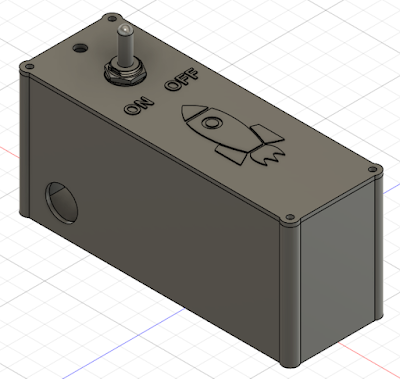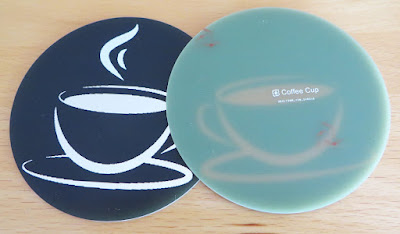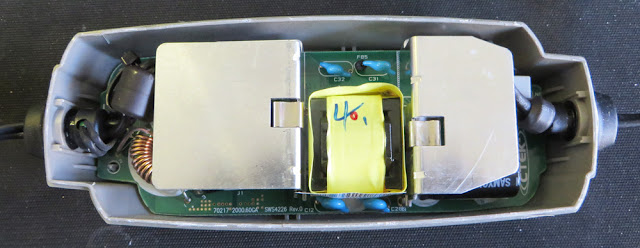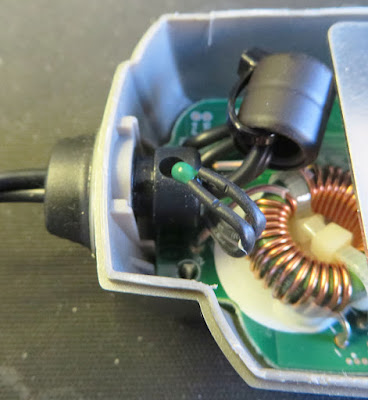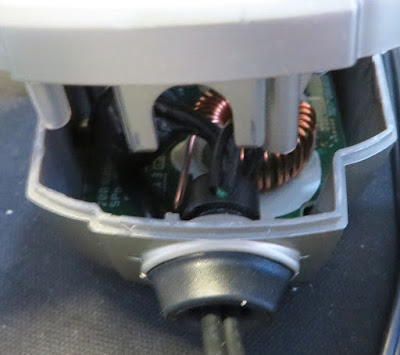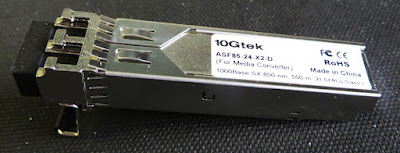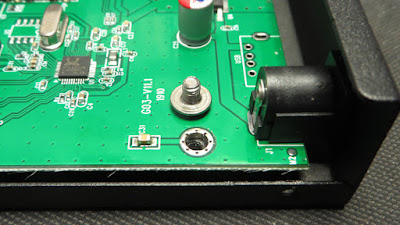Introduction
In this blog the circuit board tool, Altium Designer, was used to create circuit board artwork in the form of a model rocket keyring. The recent prototype of the Wi-Fi rocket launcher post inspired this blog.
 |
| Model Rocket Keyring |
PCB Artwork
To start the project, a black-and-white image of the rocket keyring was downloaded from a suitable website. An image called SpaceShipOne was downloaded from CleanPNG (all credits).
 |
| Scaled Rocket Image (Courtesy CleanPNG) |
The original image was scaled by 25% before importing into Altium. Shown below is the result of the import. As can be seen by the imported image, the image did not produce solid lines which was required for the keyring.
 |
| Imported Rocket Image |
Rather than manipulating the PNG file for an improved import result within Altium, the outline of the imported PNG was drawn over with circuit board tracks (traces). For simple shapes such as the rocket, using Altium is relatively easy however many other packages could be used to achieve the same drawing.
 |
| Drafting Rocket Primitives |
The image below shows the imported image and the hand-drawn image side by side. Minor changes can be noticed on the rocket fins compared to the original image.
 |
| Comparison of Hand Drawn and Imported Rocket Designs |
One item not included in the circuit board file was the board outline. This is commonly added on a mechanical layer but this was not added to the design. It has been noted that many other free software tools are being used to create circuit board artwork. Therefore, with the alternative software in mind, the board manufacturer was asked to add a circuit board outline.
Manufacturing
For the circuit board manufacturing, the company JLCPCB was used. JLC included a board outline 0.1 mm from the circuit board trace. The final product is shown below.
 |
| Model Rocket Keyring |
Download
For anyone interested in producing a keyring, the Gerber file pack is available below. A board outline should be spaced at least 0.1 mm from the outermost circuit board traces.
 |
| Rocket Keyring Gerbers |
















